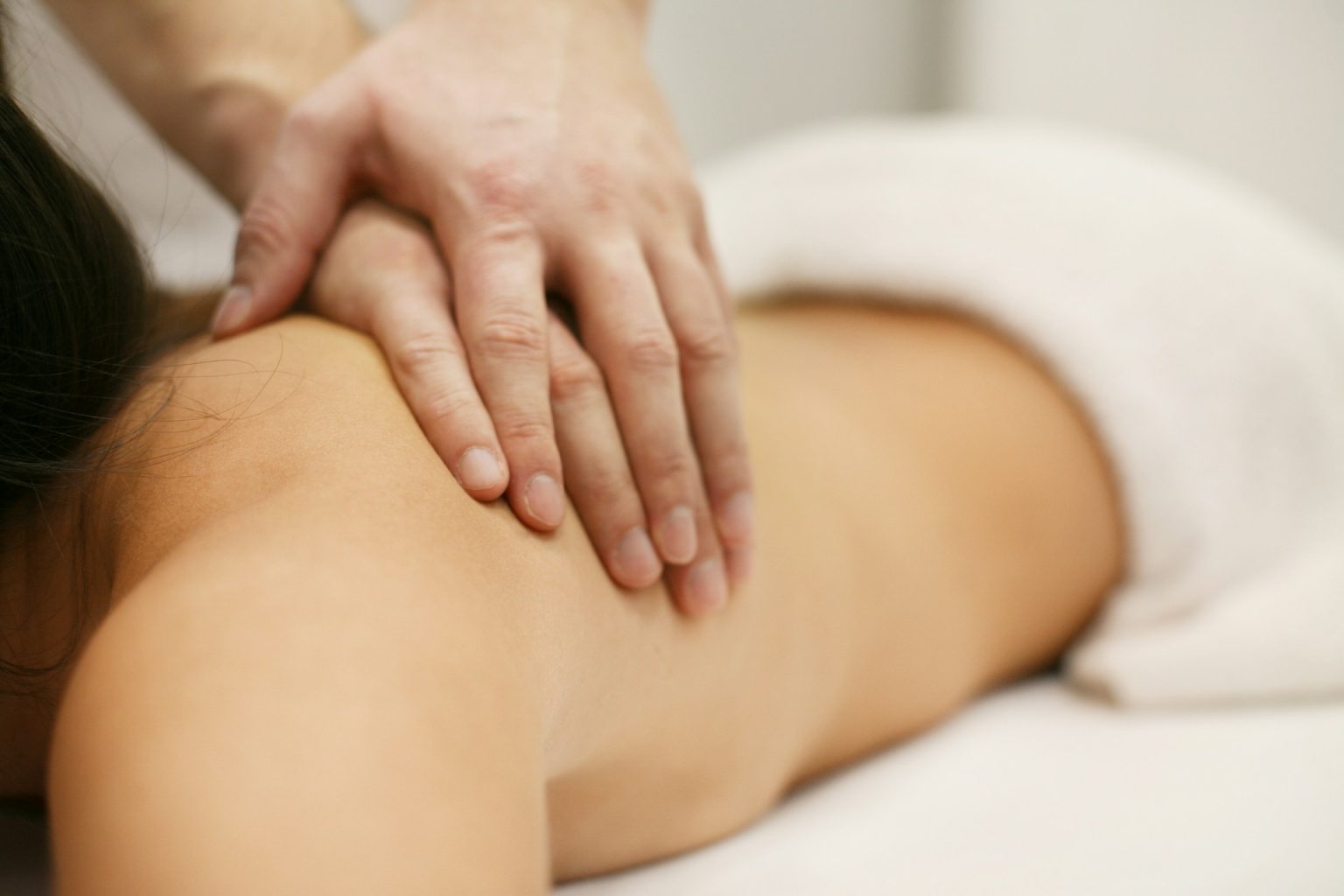If you’ve ever experienced a knot in your muscles that feels like a hard lump, you’ve likely encountered what’s known as a trigger point. Trigger points can cause discomfort, stiffness, and even referred pain in other areas of the body, making them a significant source of tension and frustration for many. Understanding what trigger points are and how they develop is key to relieving the pain they cause. One effective treatment approach that has been gaining popularity for its ability to target and release these troublesome spots is myotherapy.
What are Trigger Points?
Trigger points are hyperirritable spots within a tight band of muscle fibres. These spots, often referred to as “muscle knots,” can develop in response to overuse, muscle strain, poor posture, or stress. When pressure is applied to a trigger point, it can produce pain not only in the affected muscle but also in other areas of the body. This phenomenon is known as referred pain, which can make diagnosing the exact source of discomfort challenging.
For example, a trigger point in the shoulder may cause pain that radiates down the arm or even into the neck, leading individuals to think they have a problem in a completely different area. Left untreated, trigger points can contribute to chronic pain, reduced range of motion, and even headaches.
How Do Trigger Points Develop?
Trigger points can form due to a variety of reasons, including:
- Overuse or repetitive movements: Engaging in repetitive activities, whether physical labour, exercise, or even sitting in front of a computer for long periods, can strain certain muscles and lead to the formation of trigger points.
- Injury or trauma: Direct injury to a muscle, whether from an accident or sudden strain, can cause the development of trigger points as the muscle tightens in response to the trauma.
- Stress: Emotional stress can cause muscles to tighten involuntarily, leading to the formation of trigger points over time.
- Poor posture: Sitting or standing in awkward positions for extended periods can place strain on muscles and lead to trigger point formation.
- Nutritional deficiencies: In some cases, inadequate levels of vitamins and minerals, such as magnesium, can contribute to muscle tension and trigger point development.
Myotherapy: An Effective Treatment for Trigger Points
While trigger points can cause significant discomfort, the good news is that there are effective ways to treat them – and one of the most targeted approaches is myotherapy massage. Myotherapy is a form of manual therapy that focuses on assessing and treating musculoskeletal pain caused by muscle dysfunction. A key component of myotherapy is the treatment of trigger points, using specific techniques to release the muscle tension and restore normal function.
How Does Myotherapy Treat Trigger Points?
- Trigger Point Release: One of the main techniques used in myotherapy to treat trigger points is known as trigger point release. During this treatment, a myotherapist applies sustained pressure directly to the trigger point. This pressure encourages the muscle to relax and releases the tight band of fibres causing the pain. The pressure may feel intense at first, but it typically leads to relief once the trigger point is released.
- Dry Needling: In some cases, myotherapists may use dry needling as part of their treatment for trigger points. This involves inserting fine needles directly into the trigger point to stimulate the muscle fibres and encourage them to relax. Dry needling can be highly effective for releasing deep-seated tension in the muscles.
- Stretching and Mobilisation: Once the trigger points have been treated, myotherapists often incorporate stretching and mobilisation techniques to restore full movement to the muscle and prevent the trigger points from recurring. These techniques help improve flexibility, increase blood flow to the muscles, and reduce the risk of future tension.
- Posture and Movement Education: A significant part of myotherapy is educating clients on how to prevent the reoccurrence of trigger points. This might involve guidance on improving posture, strengthening exercises, and ergonomics to help reduce muscle strain in daily activities.
Why Choose Myotherapy for Trigger Point Treatment?
Myotherapy is highly regarded for its ability to address the root cause of muscle pain rather than merely treating the symptoms. By focusing on releasing trigger points, myotherapists help restore muscle function, improve flexibility, and provide long-term pain relief.
Additionally, myotherapy can be beneficial for a wide range of conditions, including:
- Chronic neck and back pain
- Headaches and migraines
- Sports injuries
- Repetitive strain injuries
- Postural issues
Whether you’re dealing with acute pain or managing a chronic condition, myotherapy offers a holistic approach to improving your muscular health and overall wellbeing.
Trigger points can be a frustrating source of pain and tension, but with the right treatment, they can be effectively managed and relieved
Myotherapy, with its focus on targeting and releasing trigger points, provides a highly effective solution for those suffering from muscle pain and dysfunction. By incorporating techniques such as trigger point release, dry needling, and stretching, myotherapy helps restore balance to the muscles and prevent future issues.

